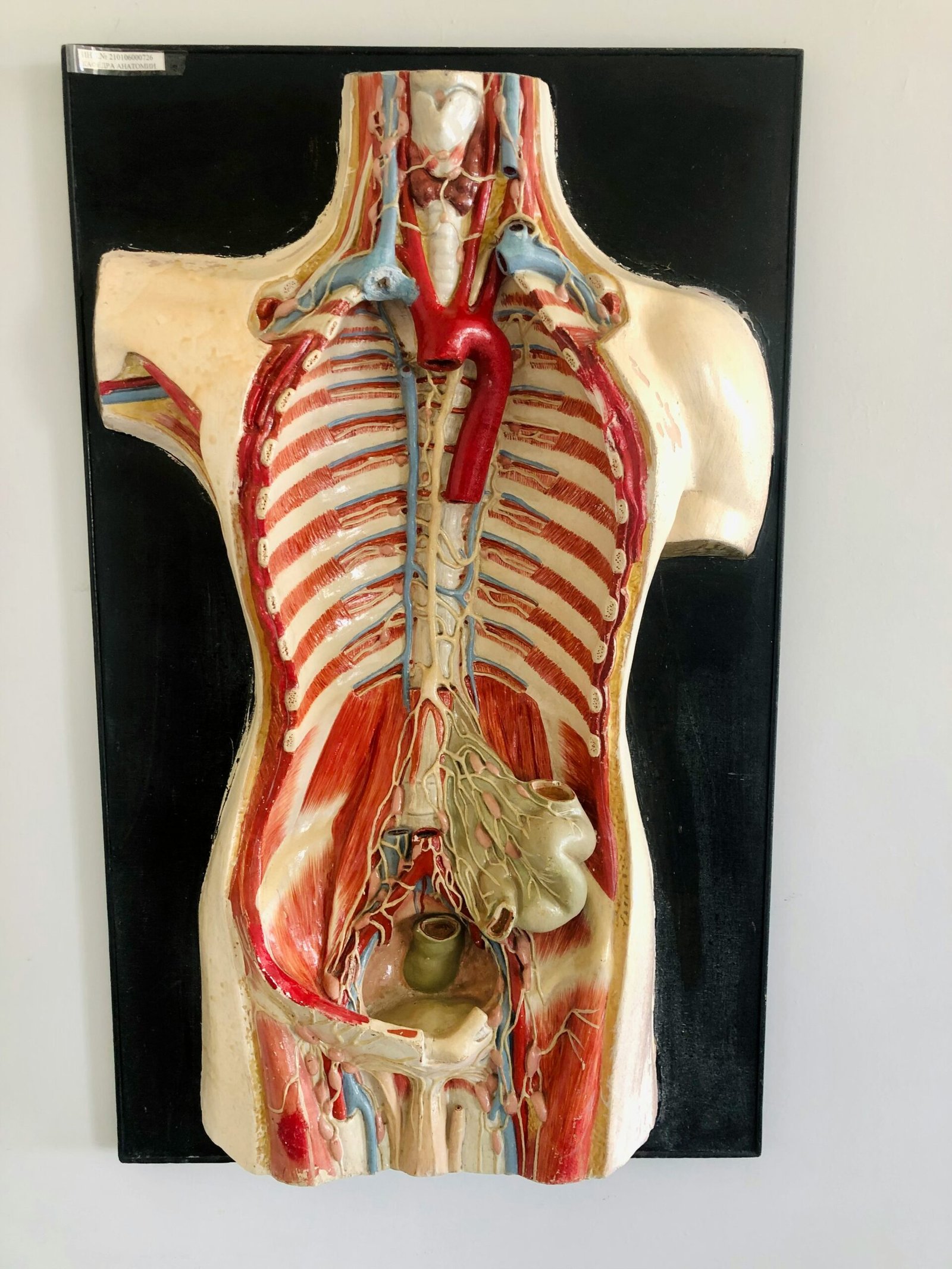1. Boost Your Productivity
Productivity isn’t just about working more hours—it’s about making the hours you work count. Many people believe that working continuously makes them more productive, but in reality, after long periods of concentration, your efficiency starts to decline. When you take short, frequent breaks, you allow your brain to recover, which helps maintain your focus and efficiency for longer.
The Science Behind Productivity Breaks
Studies have shown that the human brain is not built for prolonged periods of intense focus. After working for 90 to 120 minutes, cognitive function tends to drop, which can result in slower thinking, errors, and decision fatigue. Breaks help combat this natural decline in attention span.
By taking a 10-15 minute break every hour or so, you can maintain high levels of productivity throughout the day. This is why methods like the Pomodoro Technique—which involves 25-minute work intervals followed by a short break—are highly effective for enhancing focus.
Quick Tips for Effective Breaks
- Physical movement: Stand up, stretch, or take a short walk. This not only refreshes your mind but also promotes better blood circulation.
- Hydration: Drink a glass of water during your break. Staying hydrated keeps your brain sharp and helps prevent fatigue.
- Mental reset: Step away from screens and do something relaxing, like listening to music or reading a few pages of a book.
2. Improve Mental Clarity
When you’re deeply engrossed in work, it’s easy to get tunnel vision and lose sight of the bigger picture. Taking regular breaks can help clear your mind and regain perspective, leading to better decision-making and more creative problem-solving.
How Breaks Boost Brain Function
The brain requires downtime to consolidate memories, process information, and make connections between different ideas. When you step away from your work, your brain enters a resting state, which is essential for solidifying the knowledge you’ve gained and fostering creative thinking.
Even a brief 10-minute walk outside can have a profound effect on your cognitive abilities. Exposure to natural light and fresh air has been shown to improve mood and increase mental alertness.
Examples of Mental Clarity Breaks
- Mindfulness meditation: Take a few minutes to practice mindfulness. Focus on your breath and let go of any distracting thoughts.
- Brain games: Engage in a quick, non-work-related mental challenge like a puzzle or brain teaser. This helps stimulate different parts of your brain and provides a mental refresh.
3. Reduce Stress and Burnout
In high-pressure environments, stress can build up quickly, leading to chronic stress, anxiety, and even burnout. Burnout is a state of physical, emotional, and mental exhaustion caused by prolonged periods of intense stress. It’s a common problem among overworked professionals, and it can severely impact your health and performance. Taking regular breaks throughout the day helps reduce stress and prevent burnout, keeping you refreshed and motivated.
Recognizing the Early Signs of Burnout
Burnout often starts with signs like irritability, chronic fatigue, and a sense of detachment from work. If left unchecked, it can lead to more serious health issues such as depression, anxiety, and heart disease.
By taking short breaks, you give your mind a chance to recover and relax. Incorporating stress-relieving activities such as deep breathing, stretching, or going for a quick walk can have a positive impact on your stress levels, allowing you to return to work with a more relaxed mindset.
Relaxation Techniques for Breaks
- Deep breathing exercises: Close your eyes and take slow, deep breaths. Inhale for 4 seconds, hold for 4 seconds, and exhale for 4 seconds. Repeat this cycle to calm your mind.
- Stretching: Stretch your arms, neck, and legs to release tension. This also improves circulation and prevents muscle stiffness from prolonged sitting.
4. Enhance Creativity
Have you ever noticed that some of your best ideas come when you’re not actively thinking about work? That’s because taking a break can actually stimulate creativity. When you’re stuck on a task for too long, your brain can get tired, leading to a creative block. By stepping away from the task, you give your brain a chance to reset, allowing fresh ideas to flow in.
Why Breaks Foster Creativity
Your brain has two modes: focused mode and diffuse mode. In focused mode, you’re actively working on a task. In diffuse mode, your brain is at rest but still processing information in the background. Taking breaks activates diffuse mode, which is crucial for creative problem-solving. It allows you to make new connections and see things from different perspectives.
Next time you’re feeling stuck, try stepping away for a few minutes. Go for a walk, doodle, or do something unrelated to your work. Often, the solution to a problem will come to you when you’re least expecting it.
Activities to Boost Creativity During Breaks
- Journaling: Write down any thoughts or ideas that come to mind, even if they seem unrelated to your current task. Free writing helps stimulate creative thinking.
- Engage in a hobby: Spend a few minutes doing something you enjoy, like drawing, playing an instrument, or gardening. Engaging in creative activities can inspire new ideas for your work.
5. Improve Physical Health
Many professionals spend hours sitting at their desks, leading to poor posture, back pain, and other health issues. Sitting for long periods of time has been linked to numerous health problems, including cardiovascular disease, obesity, and musculoskeletal disorders. Taking frequent breaks to stand up, move around, and stretch can significantly reduce the risk of these health problems.
The Dangers of Prolonged Sitting
Prolonged sitting reduces blood circulation, which can lead to stiffness, muscle pain, and even more serious conditions like deep vein thrombosis (DVT). Additionally, sitting for extended periods increases the likelihood of weight gain and cardiovascular issues.
By taking breaks to move around, you can improve your physical health and reduce the negative effects of sitting. Even standing up and walking for a few minutes every hour can have a positive impact on your health.
Physical Activities to Incorporate During Breaks
- Desk stretches: Perform simple stretches like reaching for the ceiling, shoulder rolls, and neck tilts to release tension.
- Short walks: Take a 5-10 minute walk around your office or outside. Walking boosts circulation, improves mood, and energizes your body.
- Standing desks: If possible, switch to a standing desk or take some of your calls standing up. This helps improve posture and reduces the strain of sitting.
In conclusion, taking regular breaks throughout the workday is essential for maintaining productivity, mental clarity, physical health, and creativity. These breaks don’t have to be long—a 5-10 minute pause every hour can do wonders for your body and mind. So next time you feel the urge to keep pushing through fatigue, remember that stepping away for a quick break can make you a more effective and healthier worker in the long run.



